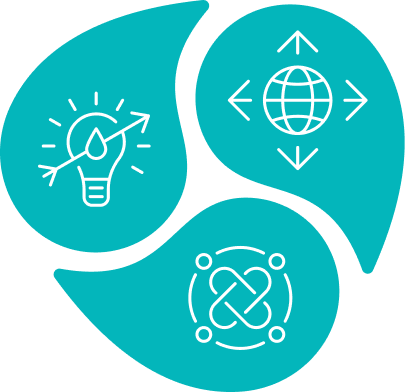A gender policy refers to a public declaration in which an organisation or government commits to addressing gender issues responsibly and sets an agenda for action. In the context of water governance, gender policies can help guide decisions and achieve streamlined outcomes with the overall aim of achieving gender equality in the sector and beyond. This Tool discusses the benefits of developing gender policies and key aspects and steps needed to formulate effective gender and water policies.
Gender policies and strategies for the water sector aim to address a wide range of gender-specific discrimination, e.g., women’s exclusion from decision-making in water governance; unequal workload regarding water collection; unequal access to water due to land ownership laws; missing consideration of women’s and girls’ sanitation needs (Tool B5.06). A gender policy is a common starting point to mainstream efforts towards gender equality in an organisation and formalise specific steps, promote, and strategically strengthen them – while the long-term goal should be integrating gender into all policy documents. Implementing targeted policies and budgets means addressing structural gender inequalities and paves the way towards the progressive realisation of the human right to water and sanitation (Tool A2.05). Policies relate to both the external engagement of an organisation as well as its internal culture.
The Gender and Water Alliance (2003) summarises that a gender policy provides the following benefits:
- A valuable opportunity to involve staff and other key stakeholders in thinking through why gender is important to the organisations’ work and what the implications are for practice (Tool B5.01)
- A public statement of the organisation’s commitment to taking gender issues seriously
- Agreed gender-related action and indicators of change
- An instrument of accountability against which to evaluate the organisations’ performance (Tool B5.02).

 IWRM Tool - A1.04
IWRM Tool - A1.04